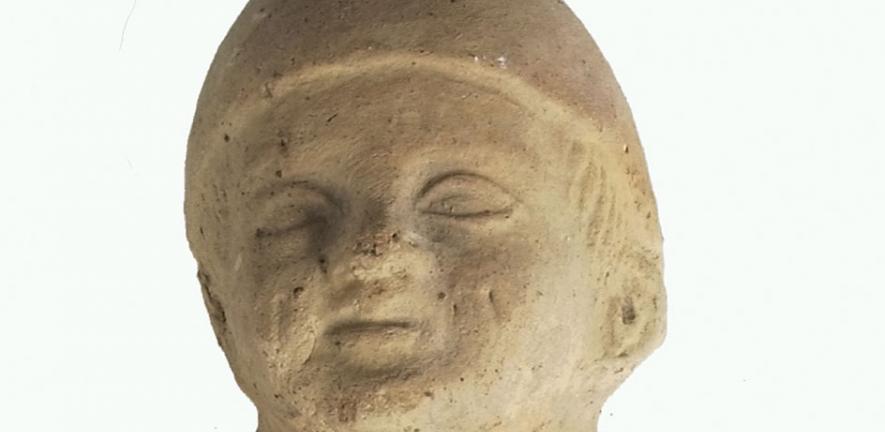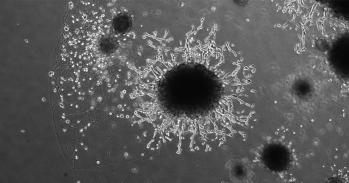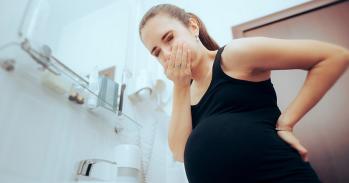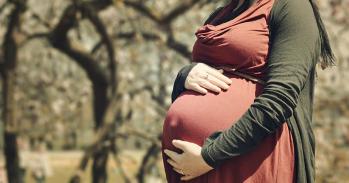
Rebecca Flemming from the Faculty of Classics works with ancient texts on health and reproduction.
Rebecca Flemming from the Faculty of Classics works with ancient texts on health and reproduction.
The most detailed discussion of reproduction and female health to survive from the Roman Empire belongs to the physician Soranus of Ephesus, who practised at Rome in the late 1st and early 2nd century AD.
Investigating the reproductive health of people who lived 2000 years ago is not an easy task; but it is an important one. Rome under the Empire was the first mega-city, reaching around a million inhabitants at its height. Gaining insight into issues such as just how risky pregnancy and childbirth were for women in Imperial Rome, and the chances of any child surviving a year, let alone five, is crucial to understanding both the structure and the texture of Roman society. The extent to which the city’s population was sustained only through very high levels of immigration rather than by being able to reproduce itself must have had very considerable social and cultural consequences. The rates of infant mortality, on the other hand, will have impacted heavily on the practicalities and meanings of family life.
What the ancients knew
Ancient medical texts offer one avenue for research into these key issues. The most detailed discussion of reproduction and female health to survive from the Roman Empire belongs to the physician Soranus of Ephesus, who practised at Rome in the late 1st and early 2nd century AD.
Though scornful of anatomy (he considered it ‘useless’), Soranus shares the general classical view that the fetus is nourished through the vessels of the umbilical cord, and supports those who argue for the existence of two embryonic membranes, attacking those who contend there is just one. Nor is this the only ancient medical dispute he becomes involved in – his treatise is highly polemical throughout.
Soranus also offers advice (and criticism) on everything from the best time for intercourse if the aim is conception, to infant weaning and teething, covering topics like the (exacting) care to be given during pregnancy and birth, the best swaddling techniques, and how to choose and manage a wet-nurse.
A fresh dialogue
As the last point suggests, this is a work aimed at the elite of Rome; the bulk of the urban poor would not have been able to afford the time or expense required to pursue Soranus’ instructions on the diet, exercise, bathing and massage regime to be followed by a pregnant woman. And perhaps they even followed the prescriptions of his rivals. Can we move from advice to what actually happened, from ancient treatises to demographic patterns on the ground? This is beginning to happen, as new scientific techniques aimed at extracting a range of data about diet, lifestyle, disease and well-being from ancient skeletal remains are developed, the results of which can be compared with the teachings of ancient physicians. Data recently derived from isotopic and dental analysis of skeletal remains from ancient Rome, for example, have proved consistent with the written advice of the Roman doctors that encouraged mothers to introduce solid foods after six months and complete weaning soon after two years.
This kind of dialogue between ancient materials and modern techniques and models needs to be developed and expanded. Research into ancient reproductive health requires an interdisciplinary approach, a bringing together of scholars in the fields of ancient medicine and historical demography, as well as experts working with the new scientific analyses. Dr Flemming is currently helping to build up such a broad and collaborative approach in Cambridge – an approach that promises further progress in these crucial areas of understanding.
For more information, please contact the author Dr Rebecca Flemming (ref33@cam.ac.uk) at the Faculty of Classics.
This work is licensed under a Creative Commons Licence. If you use this content on your site please link back to this page.





